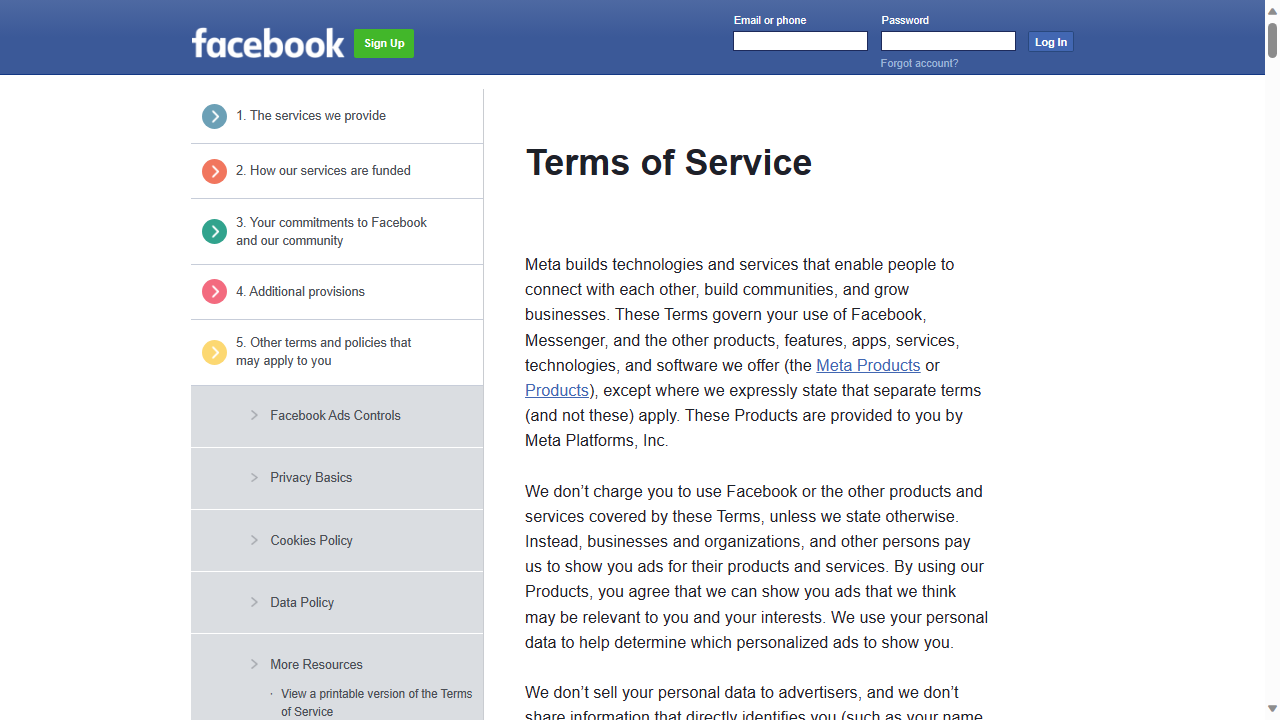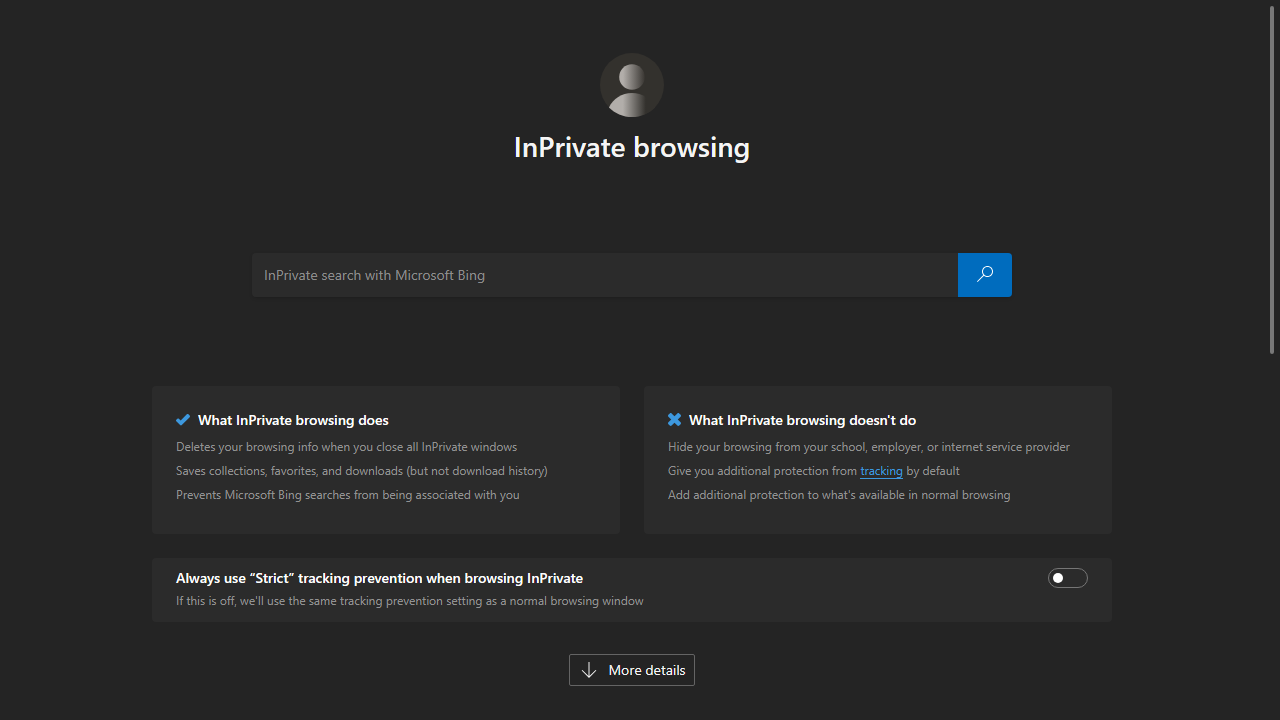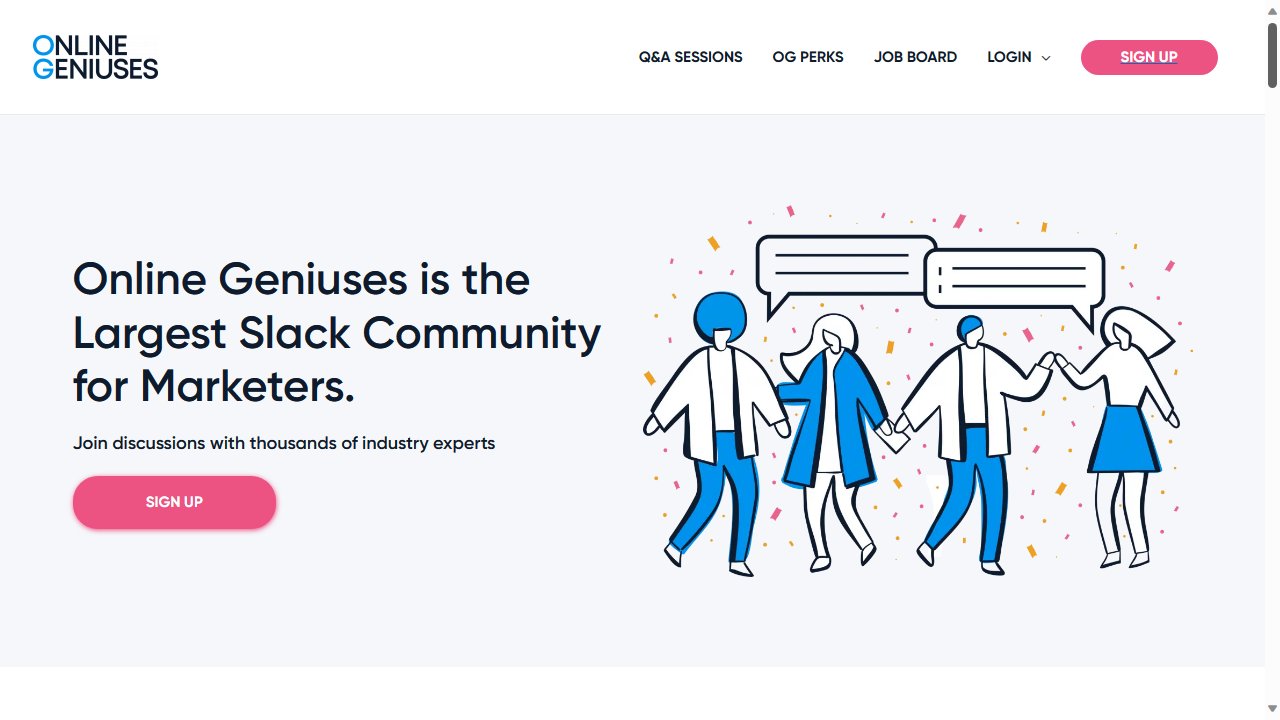How to manage multiple social media accounts
Juggle your social media without fear of the ban hammer

These days it's perfectly common to have multiple social media accounts, even with the same platform.
For individuals this can be done for privacy reasons e.g. to separate their home and work lives. Social Media Managers within organizations can also leverage multiple accounts for marketing purposes. This allows them to better split workloads, target specific sectors and promote their products and services in the most effective way.
Despite this, social media platforms sometimes will block or restrict users from having more than one account if this kind of activity is detected.
Follow the steps in this guide to better avoid running afoul of the ban hammer whilst juggling your accounts.
Reader Offer: Exclusive 50% discount
Get an exclusive 50% discount for all Smartproxy eCommerce scraping API subscriptions with code TECHRADAR.
Preferred partner (What does this mean?)
1. Check the T&C
This may seem obvious but social media sites have differing terms and conditions. Some may allow multiple accounts e.g. one for personal and one for business purposes. There also may be other ways to market your products within the platform - for instance Facebook supports creating 'Pages' for products or services that can be managed via multiple accounts.
If the social media platform is adamant that only one account per person or organization is allowed, reading through the terms may also provide important information on how this is enforced e.g. through tracing the IP address used to connect to the account.
Most social media platforms use a custom algorithm to decide what content to promote. This is usually proprietary, so don't expect to find out any details of how best to boost your own posts in the platform's T&C. You may have more joy by reading relevant newsletters and listening to podcasts (see below).
Are you a pro? Subscribe to our newsletter
Sign up to the TechRadar Pro newsletter to get all the top news, opinion, features and guidance your business needs to succeed!

2.Variety is the spice of life
If you've decided to go ahead with multiple accounts on the same platform despite the website's T&C, the website will almost certainly throw up red flags if you continually try to use the same name, profile photo and/or e-mail address.
To avoid the accounts being detected as bots, you'll need unique details to register each one. If you're stuck for inspiration, the Fake Name Generator website can generate names, dates of birth, addresses and even receive emails for multiple personas with a click of your mouse.
DALL-E also has a new business version, which can be used to generate avatars and profile pictures free of Copyright.
If you plan to create multiple groups or pages on a particular social media site like Facebook, the platform should allow you to set one of your accounts as the owner but you can give editing rights to others as well.
3. Switch out your IP
Using different profile pictures, names and email addresses is a good way to register multiple social media accounts but if you use the same browser and IP address to do so, the social media platform will likely block you from creating more than one.
Luckily, there are a few good ways around this. In the first instance, we recommend downloading and using a dedicated browser like Google Chrome to set up your new accounts.
To be on the safe side, use the browser in 'incognito' mode when registering your social media accounts. This means that if the social media site tries to save any 'cookies' to your device, they'll be wiped each time you close the browser, making it much harder to identify. |Close and re-open the browser in incognito mode after creating each account.
Naturally this means your registration information won't be saved, so make sure to note down login credentials for each account in a safe place as you go.
You'll also need a way to use a different IP address each time you register an account. We recommend making use of a proxy server or VPN service to do this.
If this sounds too complicated to set up, consider signing up for a privacy-centric browser like Morelogin or X-Browser, which are specifically designed for managing multiple social media accounts and have built-in anti detection algorithms.

4. Software switching
In the previous step we recommended using a dedicated browser to create multiple social media accounts. If you followed our advice to make use of a proxy server or VPN service, you'll most likely have discovered many websites offer browser extensions to allow you to change your IP address with a few mouse clicks whilst surfing the web.
There are also browser extensions such as SocialPilot that can help with the task of publishing to social media itself via multiple accounts.
Make sure to check the app developer page to see which platforms are supported - for instance, SocialPilot supports unlimited accounts for Facebook, Twitter and LinkedIn.
You should also check which features are supported, such as scheduling posts and cross-posting across various accounts and platforms.
Be warned, extensions like these can make life much easier but can trigger social media platforms' bot detection algorithms. To stay safe, make sure to change your IP address when switching between accounts and don't post the same content too quickly.
5. Act natural
Even if you use multiple IPs and are careful not to switch too quickly between accounts to post similar content, social media platforms use very sophisticated methods to detect bots.
One of these is to check how 'natural' your account's online behavior is. Real people respond to comments on posts and reply to private messages. Posting a variety of content and interacting with other users is another way to make sure you don't get on the wrong side of these algorithms.
Some platforms may trigger an alert if you seem to be logging in from different locations each time. This is where a VPN can come in useful, as you can connect to the social media account using a different dedicated VPN server for each account.
6. Software solutions
Browser extensions are all well and fine but if you're serious about juggling multiple social media accounts, there are dedicated platforms that let you do so as well as gather relevant marketing and SEO data like Hootsuite or Falcon.
The main emphasis of such platforms is ease of use. Register once to connect multiple social media accounts, as well as prepare and schedule posts for various audiences.
Readers may be surprised we haven't mentioned Hootsuite and similar services like SocialBee earlier in this guide but there are some catches. Firstly most of these platforms offer a tiered pricing structure depending on how many accounts and platforms you intend to manage.
For example Hootsuite pricing starts at $99 per month (billed annually) for just one user and up to 10 social media accounts. Admittedly you're allowed an unlimited number of posts and can schedule them for when you like but this may be too much for an organization with a small social media budget.
In addition, not every social media management platform allows multiple social media accounts with the same website. In the case of Hootsuite for instance, users can connect only three Twitter accounts at a time.
If your chosen social media platform records the IP addresses used to connect to the site, then using a single platform may make it easier to detect that your social media accounts are linked. Check with your chosen social media management platform to see if there are ways around this.

7. Use original content
As tempting as it might be to use Copyrighted media or other IP-restricted content to raise your brand's profile, this can quickly lead to your posts being flagged. This is a surefire way to attract the wrong sort of attention to your social media accounts, which could result in them being set down.
This issue isn't as straightforward as some social media managers might think. Whilst "fair use" may apply under US Copyright law under certain circumstances, the only way legal questions like these can be settled is through the courts.
You can avoid this problem altogether by posting only original content or by making sure you have the permission of the Copyright holder.
8. Say no to spam
Some common mistakes social media managers make to trigger platforms' spam alerts include:
Naturally it's important to encourage genuine engagement through carefully timed posts but make sure all such content is personalized to users.
Each social media platform has their own rules on what constitutes spam, so make sure to read each platform's Terms and Conditions.
9. Update your accounts
Creating social media accounts isn't a "set it and forget it" solution. Make sure to make a note of the e-mail address, cellphone number or other login credentials you use. Make sure these are valid in case you need to receive a reset code when you have trouble signing in.
If your social media account allows followers, make sure to cull your lists regularly to avoid wasting content on too many low-quality or spam accounts. Be similarly ruthless with any previous content you post, removing anything which is inaccurate or out of date.
Remember, social media websites' algorithms favor active accounts. Frequent, relevant and up to date posts are much more likely to drive audience engagement without being flagged by the platform.
If the worst comes to the worst, checking individual accounts also helps you respond quickly to negative content and feedback. Inactive accounts can lead to unseen crises.
10. Keep your ear to the ground
Social Media platforms are constantly updating their policies and algorithms. If you can stay on top of these, you've a much better chance of keeping your accounts safe and your content being promoted.
The best way to keep on top of these is to make sure you're following the blogs and news sections of any social media websites where you post content.
You can also gather useful intelligence from communities like OnlineGeniuses on Slack. Well established websites like Social Media Examiner also have helpful newsletters full of helpful advice written by managers using social media to promote their own brands.
Hootsuite itself also has an excellent blog, which often discusses social media platform changes.

The bottom line
Juggling multiple social media accounts is the bread and butter of what any social manager does. Still, it requires certain strategies and skills to create and maintain these accounts without your content from being blocked from those same platforms.
This is far less likely to happen if you follow some simple rules. These include putting time into creating individual accounts and changing your IP address when switching between them.
You should always adhere to the social media platforms terms and conditions as well as make sure that you post content that doesn't violate Copyright.
Your content should be original, engaging and mimic the activities of ordinary social media users as far as possible. Consider using platforms like Falcon or Hootsuite to simultaneously connect to and manage your social media accounts but be mindful of pricing and limits they may place on account numbers/types.
Above all, make sure to keep your ear to the ground to better understand social media platforms' policies. This way you won't be taken by surprise and can work within their algorithms to boost your brand.
Nate Drake is a tech journalist specializing in cybersecurity and retro tech. He broke out from his cubicle at Apple 6 years ago and now spends his days sipping Earl Grey tea & writing elegant copy.
